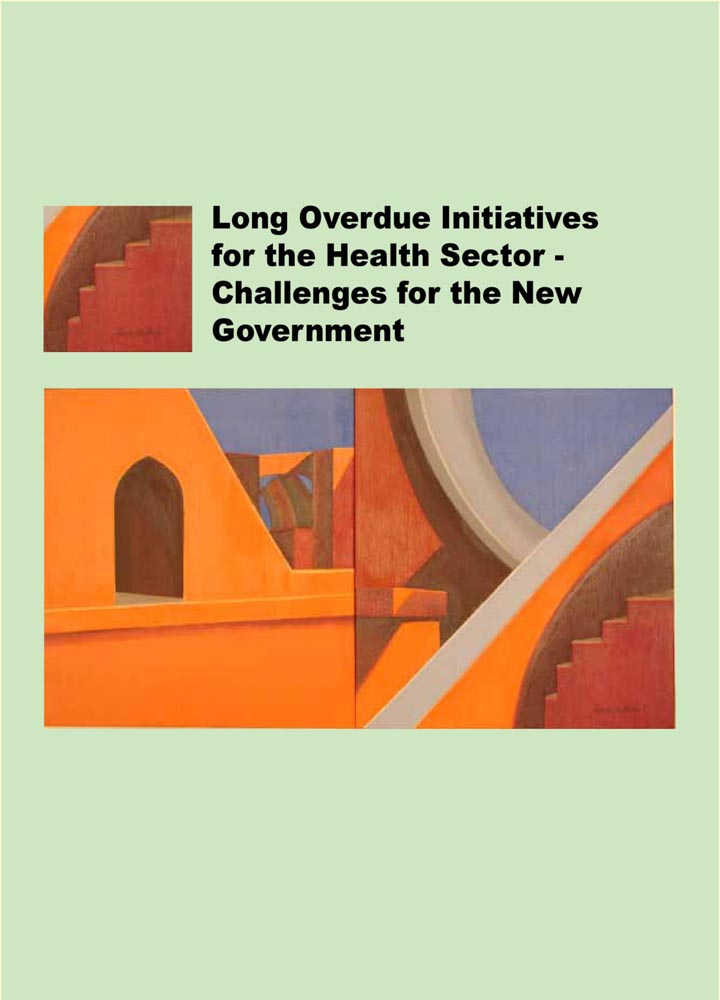At the dawn of India’s independence, except in a few urban centres, the country had no network of health services to speak of, even judging by the limited spread of medical science and technology as it then existed. The last half-century has seen an explosion of discoveries and inventions related to the Allopathic System of Medicine. This has, to some extent, impacted on the health scenario of our country resulting in significant improvement. The most widely-accepted markers of the status of health of our country indicate the progress over time. Thus, Life Expectancy at Birth for the country has improved from 37 years in 1951 to 69 years in 2010-12; Infant Mortality Rate (per 1000 live births) has reduced from 146 in 1951 to 42 in 2012; Maternal Mortality Rate (per 1,00,000 births) has reduced from 302 in 2002-03 to 178 in 2010-12. According to the Census 2011, 12 states covering about half the population, have achieved the replacement level of fertility, though the average TFR level is still 2.44 (2011) against the figure of 2.1 that is the normative replacement level of fertility.
Ex-facie, these are not negligible achievements, but are nevertheless far off from the current indices of developed (and even some developing) countries that have harnessed the modern advancements of medical science much more effectively. The health sector of the country cannot escape the reality that a large proportion of the morbidity/ mortality burden suffered in the country is avoidable by undertaking some modest measures in the health sector.

